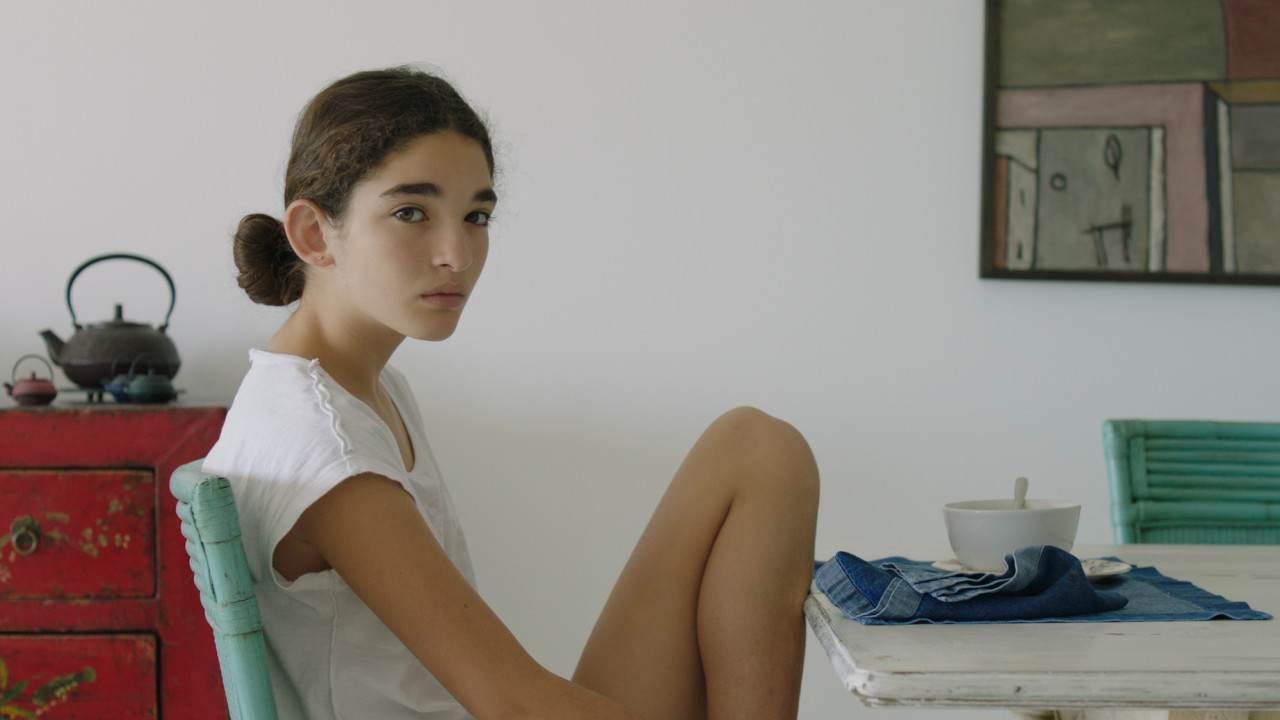The beguiling third feature from Argentine writer-director Gastón Solnicki (Papirosen) takes inspiration from Béla Bartók’s opera Bluebeard’s Castle for this charming tale about several young women attempting to make their way into adulthood.

A title card informs us that the film is based on Béla Bartók's opera Bluebeard's Castle, passages of which are heard throughout. The connections between Kékszakállú and its source material are enigmatic — but the further we follow them, the more fascinating they become. While Bartók's variation on the oft-visited folktale was a dark story of youthful female curiosity penetrating a forbidding new world, Kékszakállú is a light, albeit uncanny, take on the theme. It draws us into the lives of several young women attempting to make their way into adulthood. They undergo various travails: at work, where they become acquainted with menial factory labour; at home, where they try to get accustomed to life without the hubbub and comforts of family; and at school, where the pressure to choose a career path can prove paralyzing.
Implicit in Solnicki's immaculately composed images of bodies and architecture is a commentary on how class both confines and offers advantages to these young women. There is no murderous benedict hiding a cache of corpses in Kékszakállú; rather, there is a world loaded with ambiguities and responsibilities that could sap these characters' souls just as easily as it could grant them self-actualization.
DIANA SANCHEZ
Screenings
Scotiabank 5
Bell Lightbox 4
Jackman Hall
Jackman Hall
Scotiabank 6